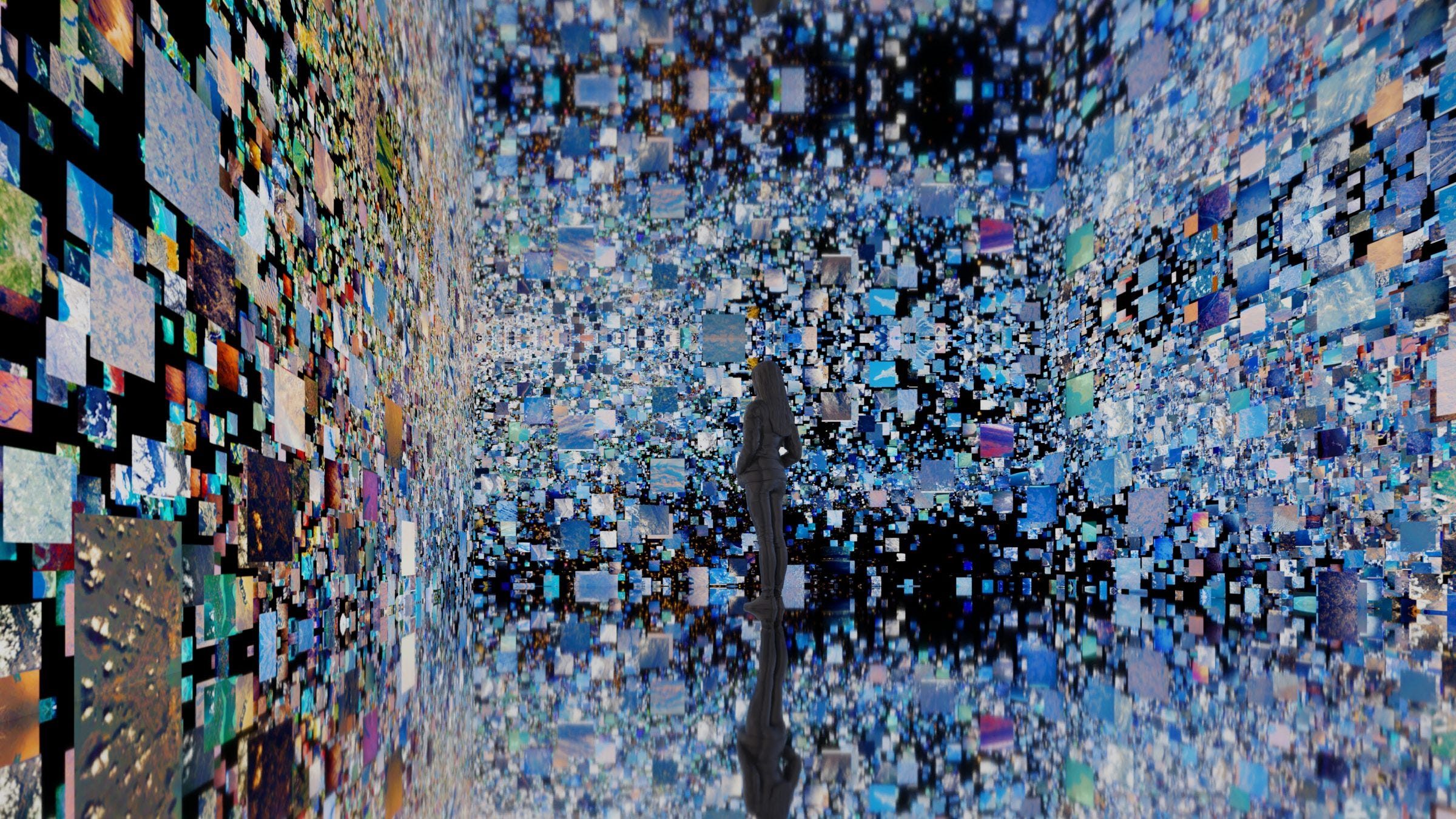Machine Hallucinations
Data as paint feat. Refik Anadol
I wanted to stare at the ocean.
When I thought I was going to lose my sight, it’s the first place I thought of. After all, without anything to look at, all you have is your dreams.
The digital world is such an abstraction; it lacks viscera.
We stream endless content to tiny devices; there are infinity boxes in our pockets, supercomputers on our wrists.
But the closest this data gets to the physical are the hulking servers out in the desert, continents away. Giant heat sinks in the nowhere, they’re real only to those who keep them running, and environmentalists who fear their harm.
Besides, you can’t lose yourself in information, can’t be hypnotised by its tides. You can’t drown in it, not really. You can’t feel it.
…
Refik Anadol obsesses over the dreams of machines.
His practice weaves information into physical space. Making him the natural next point of lineage to early machine artists like Georg Nees and experiential, light & space visionaries like Turrell.
‘I think it is an upcoming challenge for humanity to understand how machines communicate with each other, how machines are recording our memories, how they make meaning out of these things.’
Anadol notices how we leave machines as unchecked custodians of our lives and memories. Everything we know about our world, we save into vast infinity lakes of information. His work offers us a glimpse underwater, using data as the raw materials of physical experience.
Archive Dreaming was an earlier piece that used millions of documents to create an explorable ‘Library of Babel’… an outright nod to our spiritual mentor Borges.
Machine Hallucination: NYC used a visual archive of 100 million public photographic images of the city to visualise the story of the city, as seen by the machine intelligence that keeps it.
Floral Dreams captured 16,000 species, 75 million images, 500 thousand scent molecules, and brought to life not just the visual information of these flowers, but their scent.
Winds of Yawanawá saw him collaborate with an Amazonian tribe to develop data paintings built around the patterns of their ecosystem and their unique expressions of art.
This year, he made data monumental with an installation at The Sphere in Las Vegas.
‘14 years ago I coined the term, ‘data painting’, and I really believed that one day, data will become a pigment. But it’s a pigment that doesn’t dry, it’s always in flux, has intelligence, molecular thinking.’
His work compels me not so much for the technical prowess but because of his unusually sensitive perspective.
‘Understanding spirituality, understanding our deep emotions and the context of memory in life – I don't believe this is something that can be mimicked with large language models…A deep understanding of humanity is way more complex than any algorithm.’
He is showing us the potential and limits of machines as co-creators.
Their ability to take single points of data and collapse them into liquid motion, flickering and swirling in real time.
Reflect ourselves back to us, as specks of experience in waves of endless time.
He is showing us our memories, ourselves. That we are not drops, but oceans.
.
.
.
References & further reading
https://refikanadol.com/
https://www.xibtmagazine.com/2020/10/augmenting-perception-an-interview-with-media-artist-refik-anadol/
https://www.dezeen.com/2023/07/19/refik-anadol-aitopia-interview/
https://boulevard.co/post/interview-refik-anadol-ai-nft-art/





